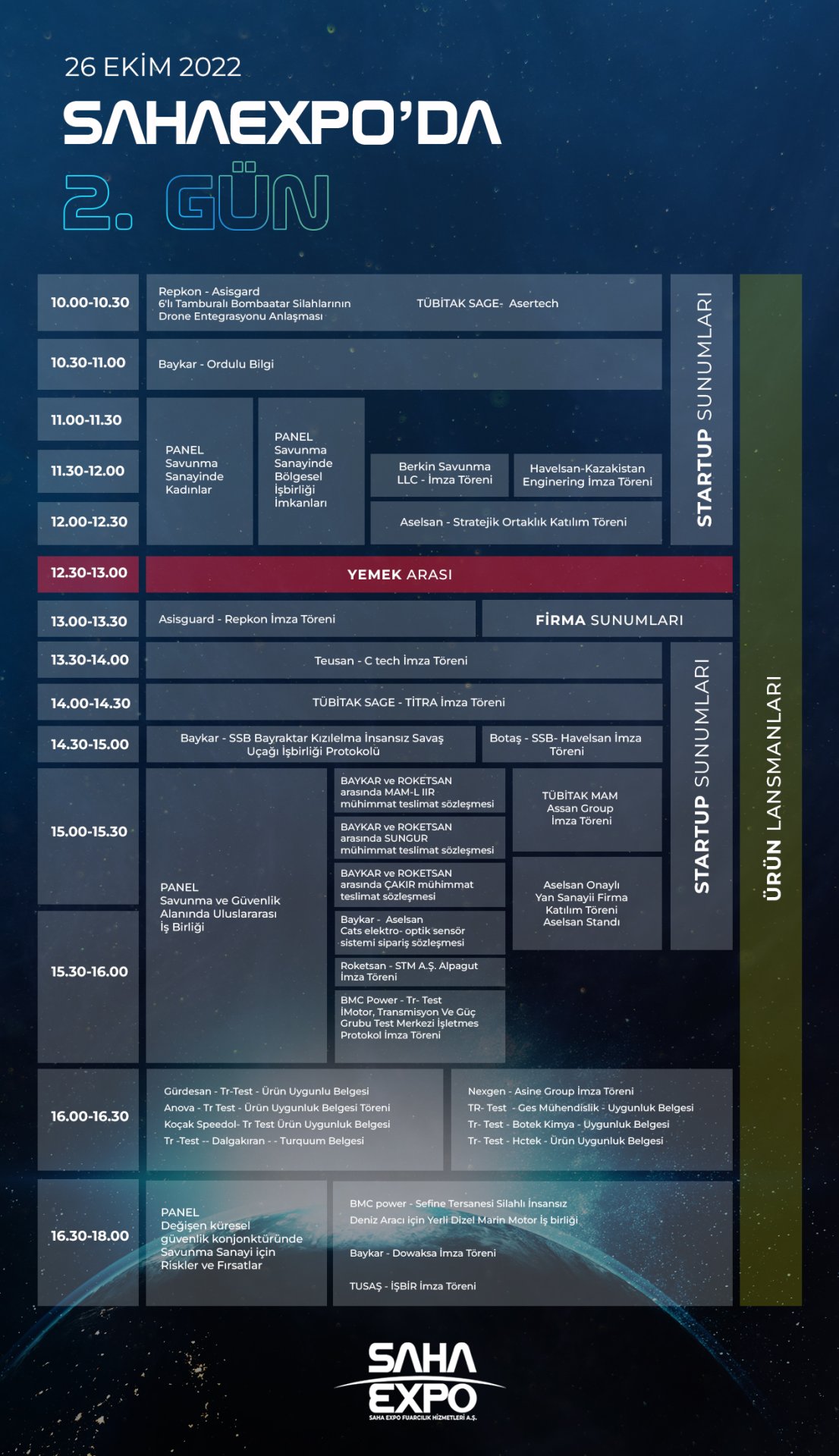Cabatlı, where to access these?
Btw do you think that MMU engine can be ready for 2026 first ignition?
I think it can but wanna hear your perspective
Obviously, the companies officially came together and the contractors were officially determined, the assignments were made and they started to work on the design of the TFX engine. The structure of fans and compressors has been finalized and the design work continues. If RR gets involved in the project, they will be just a part of this giant consortium. The prototype production of the Tf6000/1000, which was developed for the engineering verification of 35000lb turbofan engine, has also started and will be ignited within 1 year. Since it is known that tfX turbofan engine will be the enlarged scale of the Tf6000/10000, the distance covered in the Tf6000/10000 will probably mean the progress of the TFX engine as well. So I am hopeful for 2026/27 for first ignition of 35000lb turbofan.





